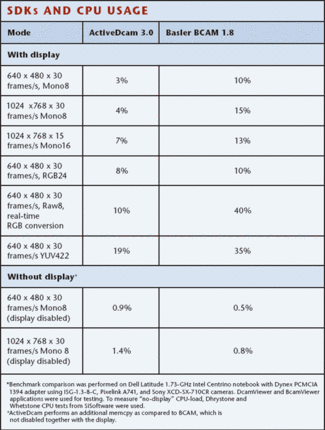
The gathered data confirmed that in pregnant rats, the sodium pump protein content and transmembrane flux are decreased, while the sensitivity of cardiomyocyte contractility and the sensitivity of mitochondrial metabolic redox state to ouabain are modified, pointing to regulation of the Na +–K +-ATPase during cardiac cell adaptations to normal pregnancy. We also noted modified responsiveness of the mitochondrial metabolic state to ouabain in cardiac cells.

In addition, ouabain, the inhibitor of the sodium pump capable of increasing cardiomyocyte contractility in non-pregnant rats in a concentration-dependent manner, failed to affect cell contractions in pregnant rats. Our results showed lower protein expression of the α1 Na +–K +-ATPase isoform in cardiomyocytes in pregnant rats, decreased sodium pump membrane current and elevated steady-state sodium concentration. Cells from non-pregnant and pregnant rats (1 day prior parturition) were studied. Optical microscopy was adopted to study the contractility responses of cardiomyocytes. Time-resolved spectroscopy was employed to measure mitochondrial NAD(P)H fluorescence and estimate oxidative metabolic state. Confocal microscopy was applied to estimate intracellular sodium concentration. We have used Western blots and patch-clamp measurements to identify changes in the sodium pump proteins. Our objective was to evaluate the possible implication of the Na +–K +-ATPase, the sodium pump which controls cellular ionic and metabolic homeostasis, in the adaptations of cardiomyocytes to normal pregnancy.

Regulation of the sodium pump during normal pregnancy and its effect on the function of cardiomyocytes is poorly understood. Our findings suggest an important role for reduced expression and activity of the myocardial membrane sodium pump in the cardiac adaptations to pregnancy. We found that in normal pregnancy the expression of the α1 Na +–K +-ATPase isoform is reduced in cardiomyocytes, and there is decreased sodium pump membrane current and elevated steady-state intracellular sodium. What is the main finding and its importance? We investigated the role of the sodium pump in the functional adaptations of cardiomyocytes to normal pregnancy. The cellular mechanisms underlying the associated changes in myocardial function are poorly understood. Pregnancy leads to sustained increases in cardiac output and stroke volume.

What is the central question of this study?


 0 kommentar(er)
0 kommentar(er)
